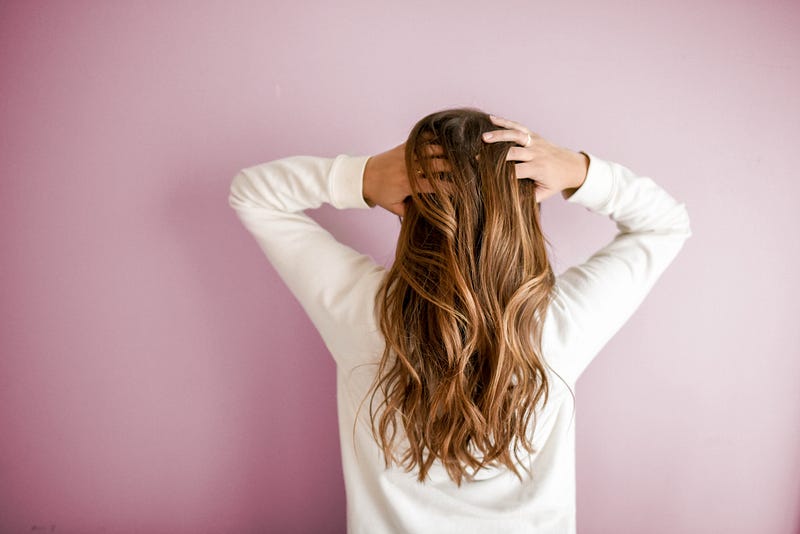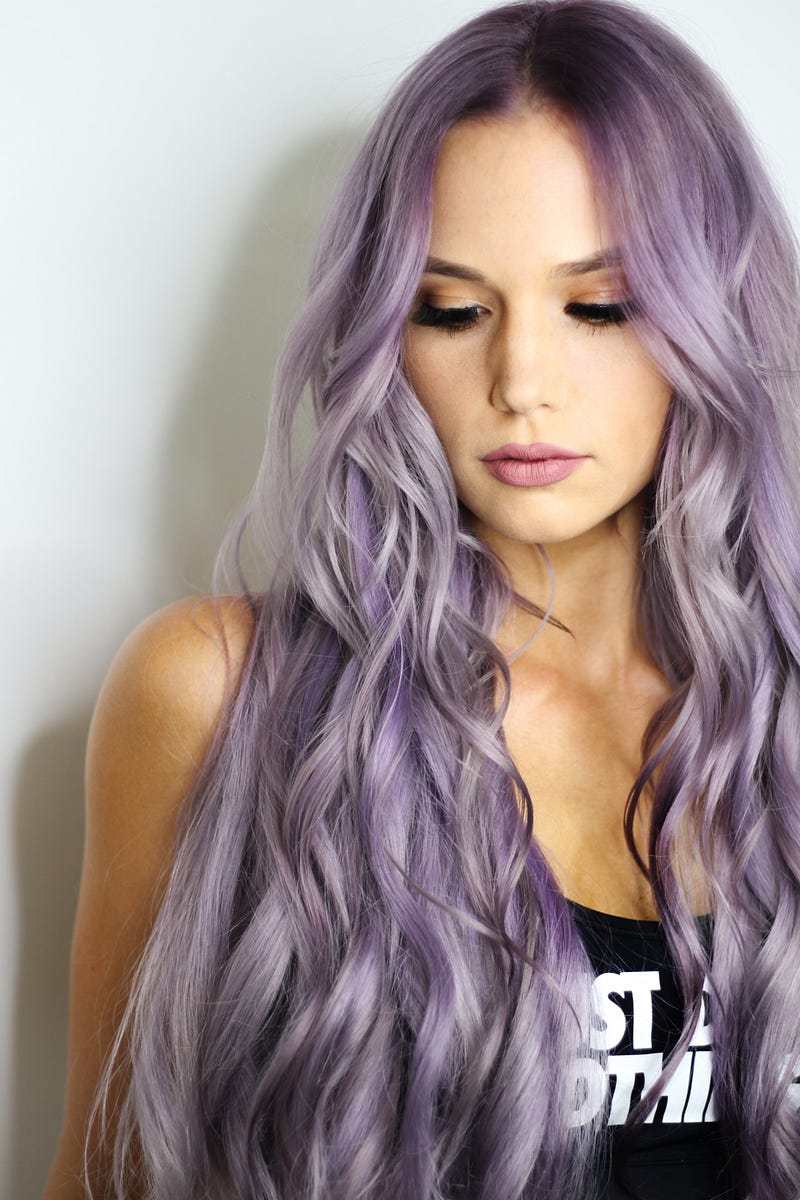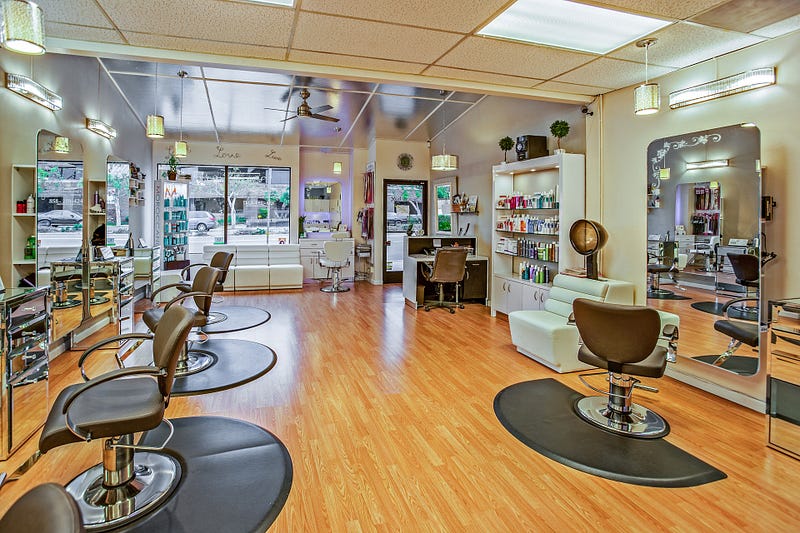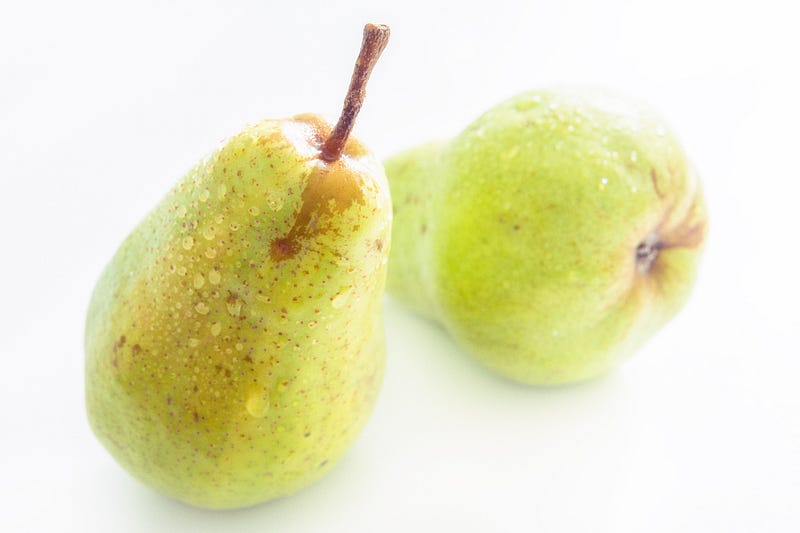Understanding the Myths: Hair Dye and Breast Cancer Risks
Written on
Chapter 1: The Role of Hair Dye in Modern Beauty
Hair dye plays a significant role in the realm of cosmetics today. Gone are the days when individuals had to accept gray hair as a sign of aging; now, changing hair color is a simple and affordable choice that many women have embraced at least once in their lives. However, recent media portrayals have instilled fear, suggesting that hair dye could be a dangerous source of cancer.

For those who frequently dye their hair—approximately 50–75% of adult women—the recent headlines have been alarming. Yet, despite the panic expressed in the news, the scientific evidence does not support the claims that hair dyeing significantly increases breast cancer risk.
The Research Behind the Claims
The media frenzy stems from a study published in the International Journal of Cancer, which investigated the correlation between hair dye usage and breast cancer risk. Researchers surveyed a large cohort of women about their hair dyeing habits and followed them for about ten years. They found that women who dyed their hair more frequently had a higher incidence of breast cancer compared to those who dyed less often.

At first glance, the study appears comprehensive, involving over 50,000 participants and a thorough follow-up process. Researchers attempted to control for various factors that could influence both hair dyeing frequency and breast cancer risk. However, a closer look reveals that the findings may not be as alarming as portrayed.
Observational Studies and Their Limitations
It’s crucial to recognize that this research was observational, meaning it cannot definitively establish a cause-and-effect relationship. For instance, the study lacked direct control for socio-economic status, which could influence both hair dyeing habits and cancer diagnoses. It’s plausible that women who frequently dye their hair are generally better off financially, and wealthier women are more likely to receive breast cancer screenings.

This phenomenon, known as residual confounding, is a common challenge in observational studies. There are significant differences between women who dye their hair regularly and those who do not, including age, education level, and the number of children, all of which can impact breast cancer risk.
Inconsistencies in the Data
The study itself presents inconsistencies that further question its conclusions. Notably, there was no consistent biological gradient; some women who dyed their hair more frequently were actually less likely to develop breast cancer than those who dyed occasionally. Additionally, the statistical significance of the findings was weak, with many results barely meeting the thresholds typically accepted by researchers.

Moreover, the methodology for assessing hair dye exposure was flawed. Researchers asked participants about their dyeing habits only once at the study's start, assuming these habits remained unchanged over the following decade. This assumption is questionable, as individuals often alter their hair dyeing patterns over time.
Understanding Risk Levels
While headlines often highlight a 45% increase in risk, the absolute increase is much less dramatic—just 0.05%. To put this into perspective, for every 10,000 women who never dye their hair, approximately 72 will be diagnosed with breast cancer each year. In contrast, for women who dye their hair monthly, that number rises to just 77.

When framed this way, the situation appears considerably less alarming.
Revisiting Previous Research
Historically, research has indicated a weak association between hair dye and certain cancers, with little evidence to suggest a direct causal link. Some scientists have speculated that formaldehyde in hair dye could be a contributing factor, but it’s likely that individuals are exposed to more formaldehyde from everyday items like pears than from hair dye.
Hair Dyes & CANCER Risk (What YOU Need to Know!)
This video delves into the facts regarding hair dyes and their purported links to cancer, helping to clarify the confusion stemming from recent headlines.
Conclusion: Don’t Panic Over Hair Dye
Ultimately, the sensational headlines suggesting a direct link between hair dye and breast cancer are misleading. While there may be a slight risk associated with frequent hair dyeing, it’s not something that can be easily altered. If health concerns arise, consulting a medical professional is always wise.
Deodorants and Hair Dye Cause Cancer: Truth or Myth?
In this video, experts address common myths surrounding hair dyes and deodorants, providing evidence to debunk misconceptions about cancer risks.
Feel free to follow my updates on Medium, Twitter, or Facebook for more insights into health and science topics!